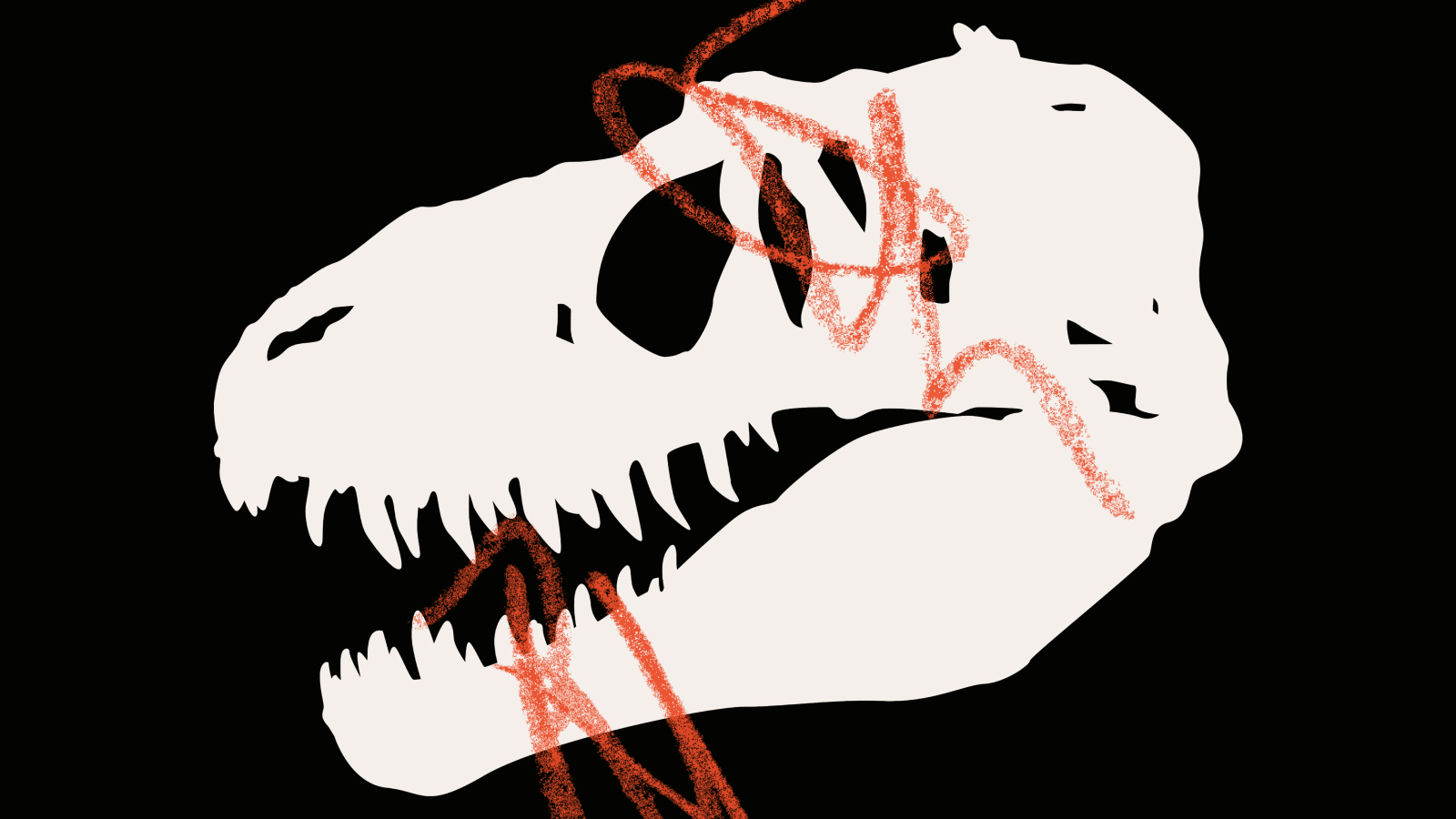What Was It Like When The First Humans Arose On Earth?
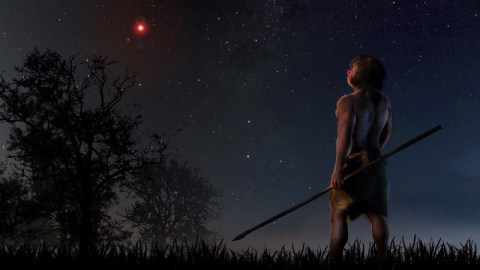
The cosmic story of us wasn’t inevitable, but the culmination of many chance events.
By the time our planet was four billion years old, the rise of large plants and animals was just beginning. Complexity exploded around that time, as the combination of multicellularity, sexual reproduction, and other genetic advances brought about the Cambrian explosion. Many evolutionary changes occurred over the next 500 million years, with extinction events and selection pressures paving the way for new forms of life to arise and develop.
65 million years ago, a catastrophic asteroid strike wiped out not only the dinosaurs, but practically every animal weighing over 25 kg (excepting leatherback sea turtles and some crocodiles). This was Earth’s most recent great mass extinction, and left a large number of niches unfilled in its wake. Mammals rose to prominence in the aftermath, with the first humans arising less than 1 million years ago. Here’s our story.
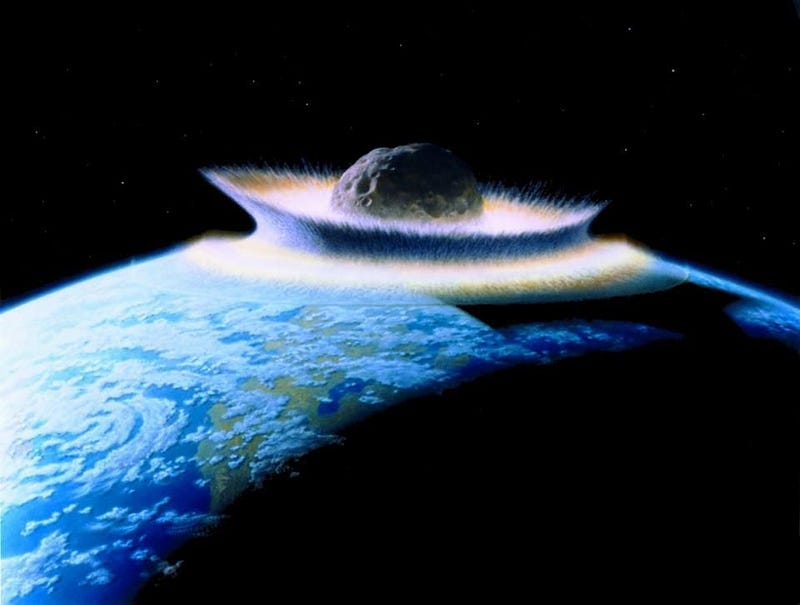
65 million years ago, a massive asteroid somewhere between 5 and 10 kilometers in diameter struck our planet. It kicked up a layer of dust that settled all over the world, a layer that can be found today in our planet’s sedimentary rock. On the older side of that layer, fossils such as dinosaurs, pterosaurs, ichthyosaurs and plesiosaurs are abundant. Giant reptiles, ammonites, and large classes of plants and animals all existed prior to that event, along with small, flying birds and the tiny, land-dwelling mammals.
After that event, the mammals survived. With no larger predators to stop them, they grew, diversified, and experienced a population explosion. Primates, rodents, lagomorphs, and other forms of mammals, including placental mammals, marsupials, and even the egg-laying mammals are all abundant at the start of the Cenezoic epoch.
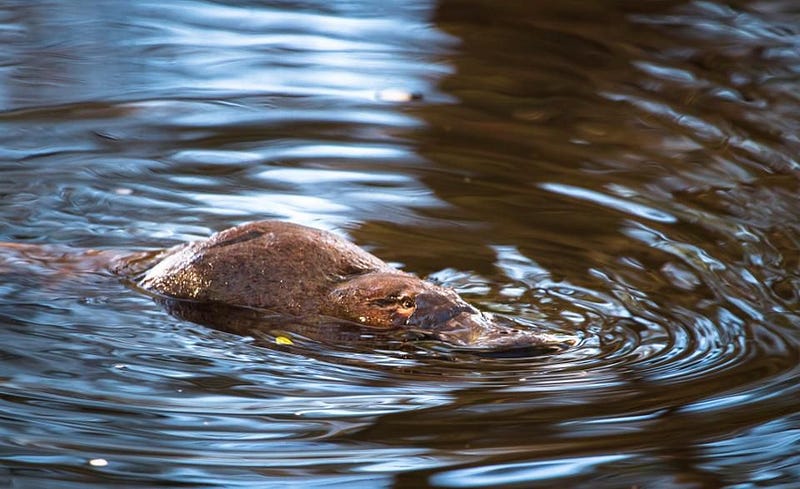
Almost immediately, the primates began diversifying even further. 63 million years ago — just 2 million years after the demise of the dinosaurs — they split into two groups.
- The dry-nosed primates, known formally as the haplorrhines, which developed into modern monkeys and apes.
- The wet-nosed primates, known as the strepsirrhines, which developed into modern lemurs and aye-ayes.
58 million years ago, another big change occurred: the haplorrhines experienced an interesting genetic split, as the first novel and unique evolutionary branch became distinct from the rest of the dry-nosed primates: the tarsier. With its enormous eyes, it was uniquely well-adapted to see at night.
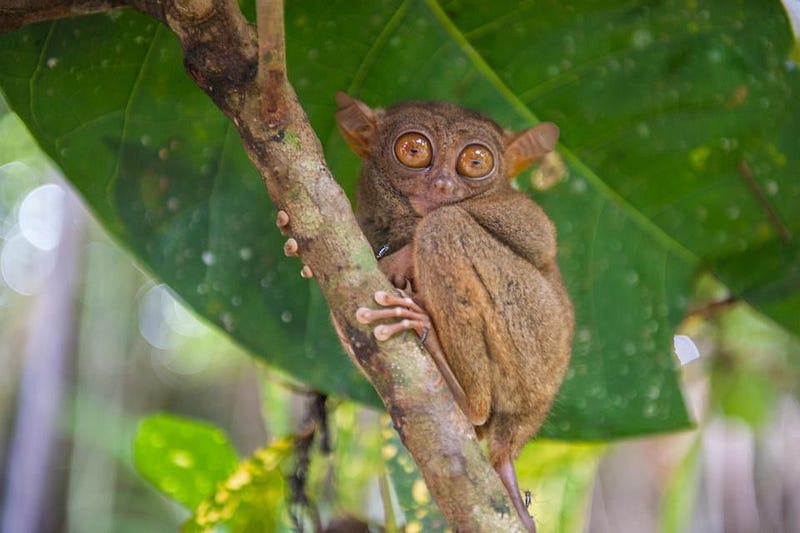
The niche it now occupied was sufficiently different from the remaining groups of our ancestors that they evolved differently from the rest of their cousins from this point onwards. This type of evolutionary splitting occurs every so often, and isn’t unique to primates.
Although we normally don’t think very much about our distant cousins and how they develop once they’ve split off from us, it isn’t just haplorrhines like us (and our direct ancestors) that underwent interesting phases of evolution. All throughout the past 65 million years — just as it was before that time — the various mammals, birds, plants, and other living organisms evolved together. Evolution is driven by environmental changes, and that includes all the floral and faunal changes that occur on our planet.
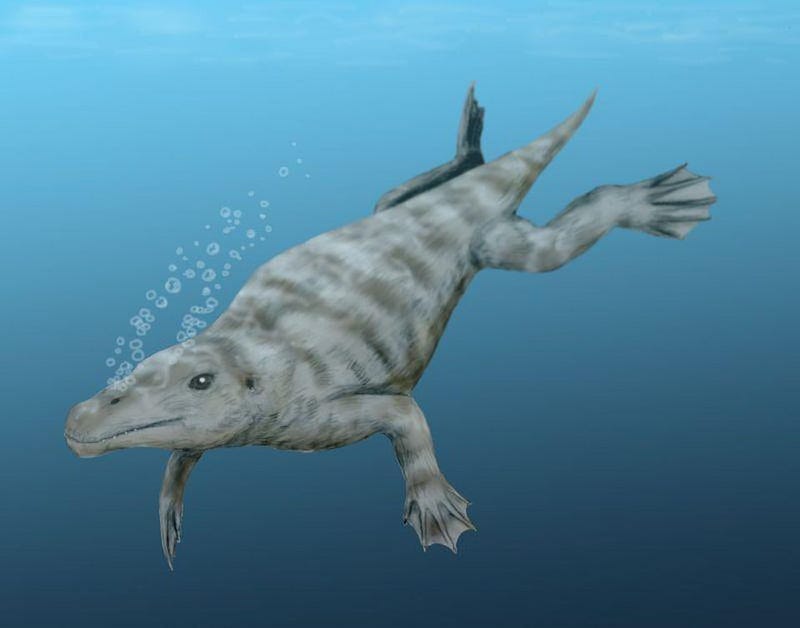
55 million years ago, a sudden rise in greenhouse gases causes the global average temperature to swiftly rise, wiping out many deep-ocean animals and plants. This transformation left many large, unfilled niches in the ocean, paving the way for cetaceans (the large oceanic mammals) to develop.
50 million years ago, some of the even-toed mammals begin evolving into sea-dwelling creatures. The artiodactyls may have all evolved from a single, common ancestor, or may have evolved independently. Animals like Indohyus, which dates to 48 million years ago, may have given rise to protocetids: shallow-water mammals that returned to land to give birth.
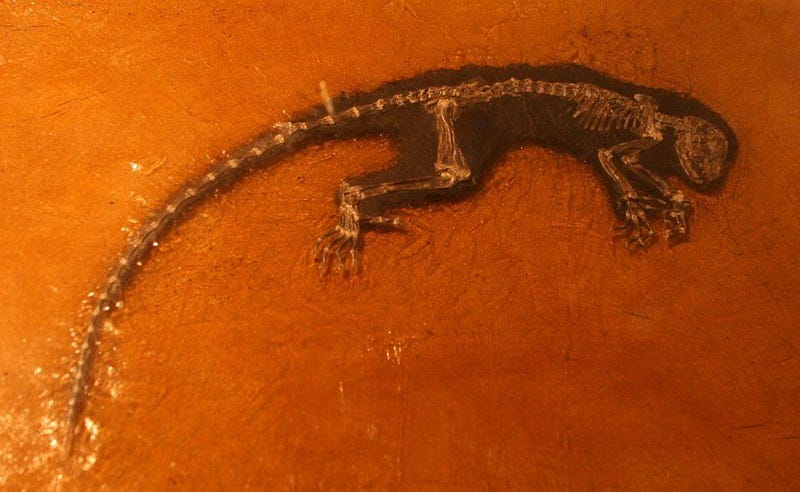
Right around that time, 47 million years ago, the primate Darwinius masillae existed, as the fossil Ida, preserved from that time, provides a spectacular example. Although this was originally touted as a proverbial “missing link” in human evolution, Ida is not a haplorrhine like us, but a strepsirrhene: a wet-nosed primate.
But another 7 million years later — 40 million years ago — an important development occurred among the dry-nosed primates: the New World monkeys branched off. Humans and our ape ancestors are descended from Old World monkeys; New World monkeys are the first simians (or higher primates) to evolutionary diverge from our lineage. They would go on to colonize most of South America, where they are still found in abundance today.
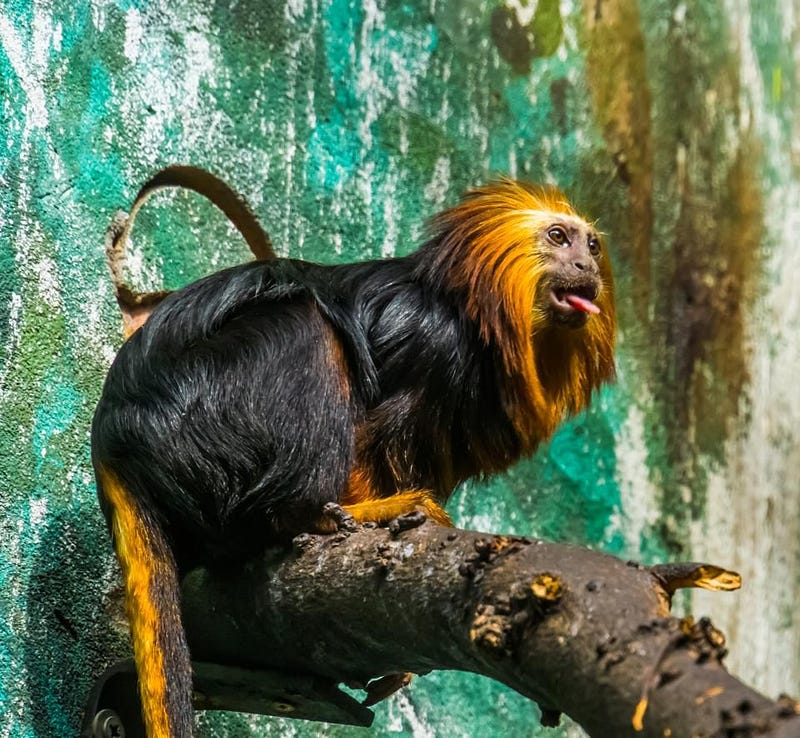
The Old World monkeys continue to thrive and successfully occupy their niches, while diversifying in body size and physical features. 25 million years ago, the first apes arise, splitting off from the remaining Old World monkeys at this time. The apes — defined by the complete lack of a tail of any type — would go on to give rise to many of the close relatives of humans that survive today: both the lesser apes and the great apes.
The earliest ape to split off from the Old World monkeys was the Gibbon, a lesser ape that first arose 18 million years ago.
Sometime between 14 and 16 million years ago, the first great apes arose, with Orang-utans branching off 14 million years ago. The Orang-utans spread into southern Asia after this, while the other great apes remained in Africa. The largest primate ever, Gigantopithecus, first arose some 9 million years ago, only becoming extinct a few hundred thousand years ago.

7 million years ago, gorillas branched off from the other great apes; they remain the largest of all the surviving primates.
The great apes split off in two directions 6 million years ago, with one direction giving rise to humanity’s ancestors and the other branch giving rise to chimpanzees and bonobos. The chimpanzee/bonobo branch remains unified for another 4 million years, with our closest surviving relatives — the chimpanzees and bonobos — diverging from one another a mere 2 million years ago.
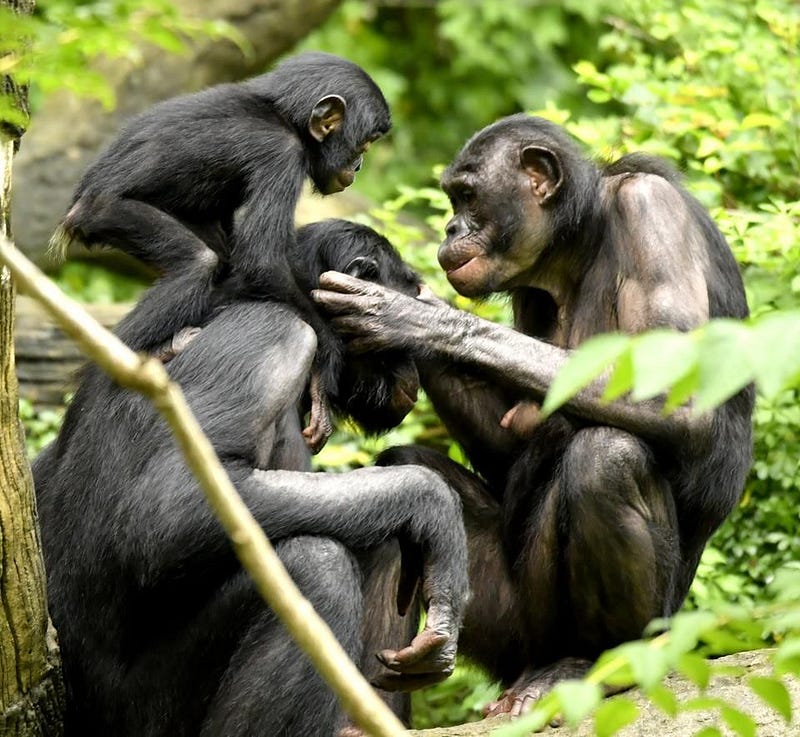
But along the track of our direct ancestors, the developments were rapid and profound. 5.6 million years ago, the first truly bipedal ape, Ardipithecus, arose. Although it’s a controversial claim, the hand bones in Ardipithecus show evidence of it being a transitional fossil between the earlier great apes and the later Australopithecines.
Approximately 4 million years ago, the first Australopithecus evolved: the first members of the Hominina subtribe (a taxonomic classification more specific than family but less specific than genus). Shortly thereafter, the first evidence of stone tool use appears: presently at 3.4-to-3.7 million years ago.
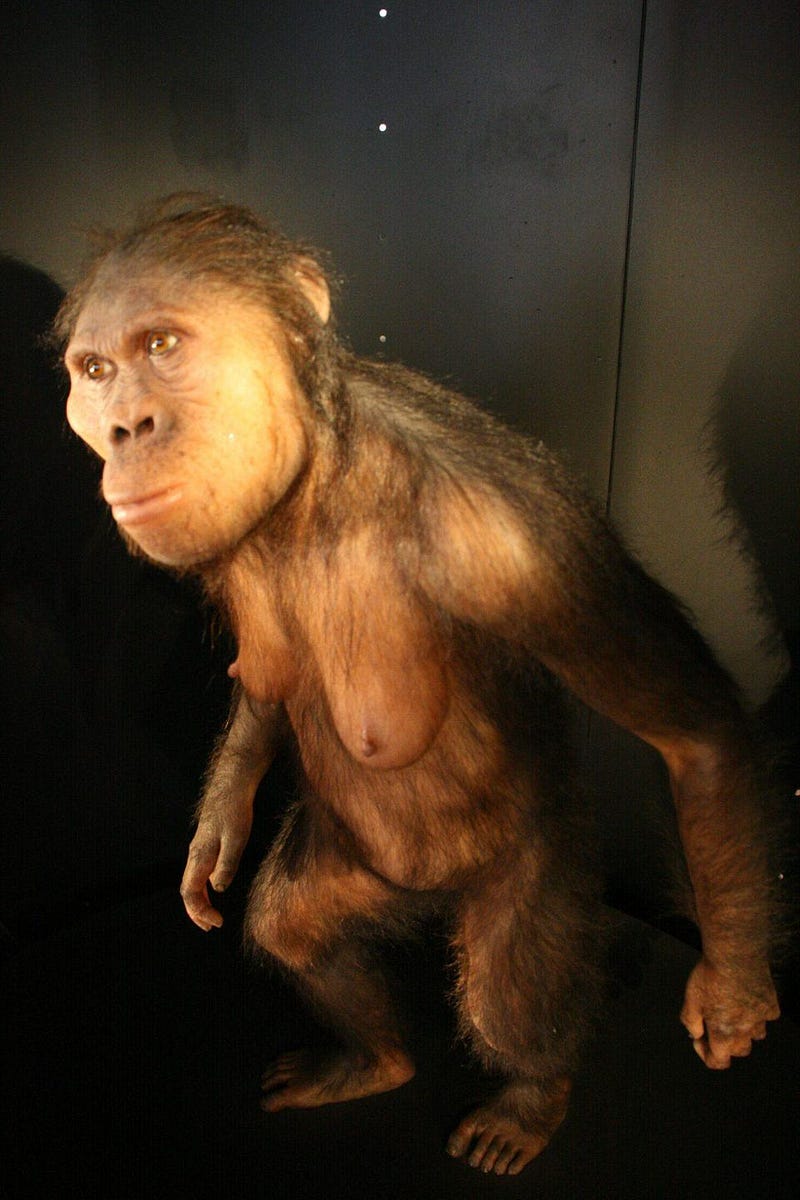
A critical evolutionary step happened a little more than 2 million years ago, as our hominid ancestors faced food shortages. One evolutionarily successful approach was to develop stronger jaws, which gave us the capability to eat foods (like nuts) that were otherwise inaccessible. But another approach was also successful: to develop weaker jaws and larger brains, enabling us to access the food.
While both groups survived for a time, the larger-brained group was more adaptable to changes, and they continued to survive. This is the evolutionary path that we think led to the development of the genus Homo, which first arose about 2.5 million years ago. Homo habilis, known colloquially as “handy man,” had larger brains than their Australopithecus counterparts and displayed far more widespread tool use.
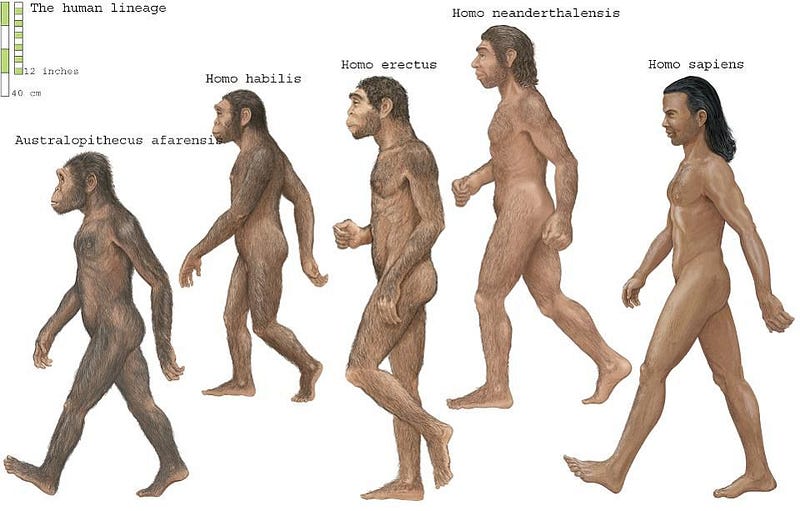
About 1.9 million years ago, Homo erectus evolved. This human ancestor not only walked fully upright, but had much larger brains than Homo habilis: nearly twice as large, on average. Homo erectus became the first direct human ancestor to leave Africa, and the first to display evidence of using fire. Homo habilis was likely driven to extinction more than a million years ago, as was the last Australopithecus.
Across the world, new examples of the genus Homo emerged, including Homo antecessor in Europe (which may be an evolved habilis or erectus, or an early form of heidelbergensis) about 1.2 million years ago, followed by Homo heidelbergensis some 600,000 years ago. Approximately 700,000 years ago, the earliest evidence for cooking appears; about 500,000 years ago, the first evidence for clothing appears.
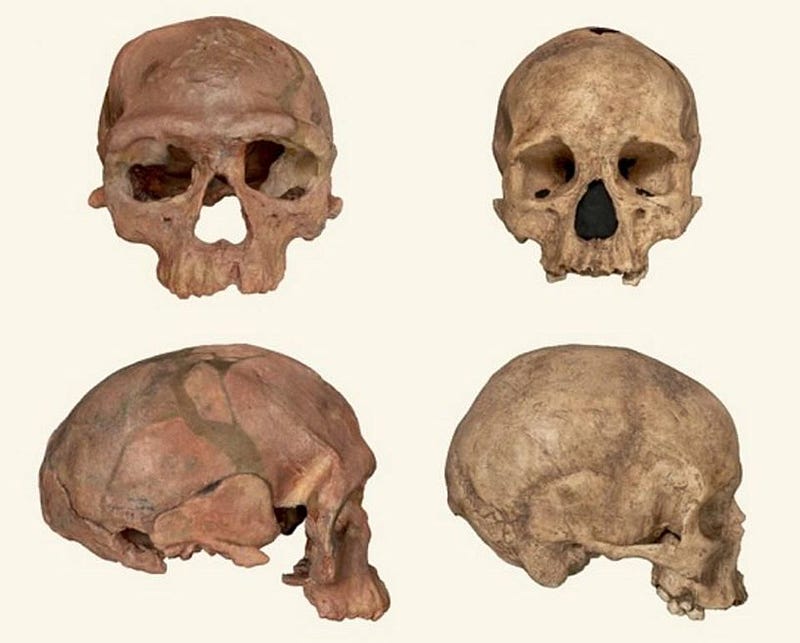
Approximately 300,000 years ago, the first Homo sapiens — anatomically modern humans — arose alongside our other hominid relatives. It is unknown whether we descended directly from Homo erectus, heidelbergensis, or antecessor, although Neanderthals, which came slightly later at 240,000 years ago, most certainly came from Homo heidelbergensis. Modern speech is thought to have arisen almost as soon as Homo sapiens did.
It took 13.8 billion years of cosmic history for the first human beings to arise, and we did so relatively recently: just 300,000 years ago. 99.998% of the time that passed since the Big Bang had no human beings at all; our entire species has only existed for the most recent 0.002% of the Universe. Yet, in that short time, we’ve managed to figure out the entire cosmic story that led to our existence. Fortunately, the story won’t end with us, as it’s still being written.

Further reading on what the Universe was like when:
- What was it like when the Universe was inflating?
- What was it like when the Big Bang first began?
- What was it like when the Universe was at its hottest?
- What was it like when the Universe first created more matter than antimatter?
- What was it like when the Higgs gave mass to the Universe?
- What was it like when we first made protons and neutrons?
- What was it like when we lost the last of our antimatter?
- What was it like when the Universe made its first elements?
- What was it like when the Universe first made atoms?
- What was it like when there were no stars in the Universe?
- What was it like when the first stars began illuminating the Universe?
- What was it like when the first stars died?
- What was it like when the Universe made its second generation of stars?
- What was it like when the Universe made the very first galaxies?
- What was it like when starlight first broke through the Universe’s neutral atoms?
- What was it like when the first supermassive black holes formed?
- What was it like when life in the Universe first became possible?
- What was it like when galaxies formed the greatest numbers of stars?
- What was it like when the first habitable planets formed?
- What was it like when the cosmic web took shape?
- What was it like when the Milky Way took shape?
- What was it like when dark energy first took over the Universe?
- What was it like when our Solar System first formed?
- What was it like when planet Earth took shape?
- What was it like when life began on Earth?
- What was it like when Venus and Mars became uninhabitable planets?
- What was it like when oxygen appeared and almost murdered all life on Earth?
- What was it like when life’s complexity exploded?
- What was it like when mammals evolved and rose to prominence?



